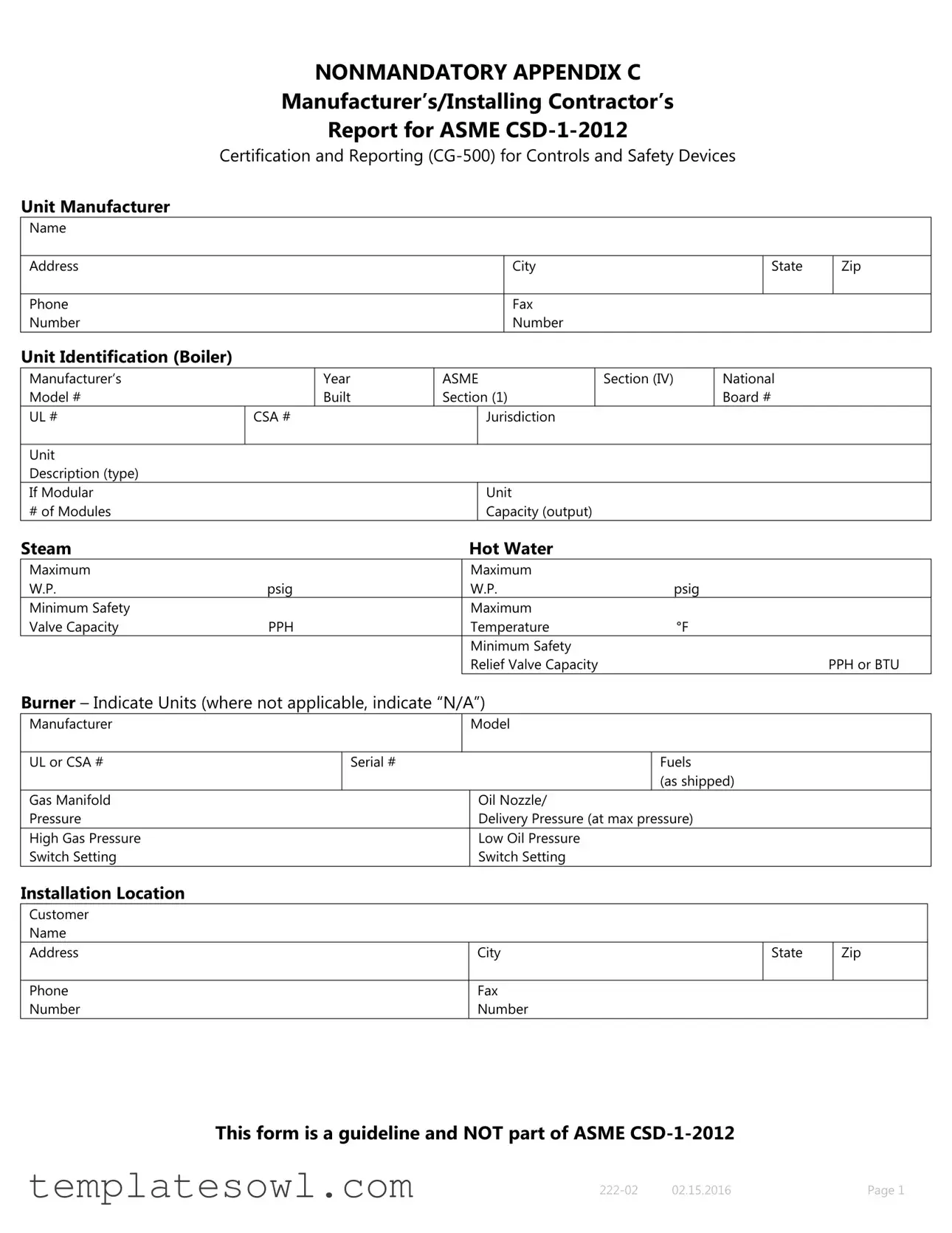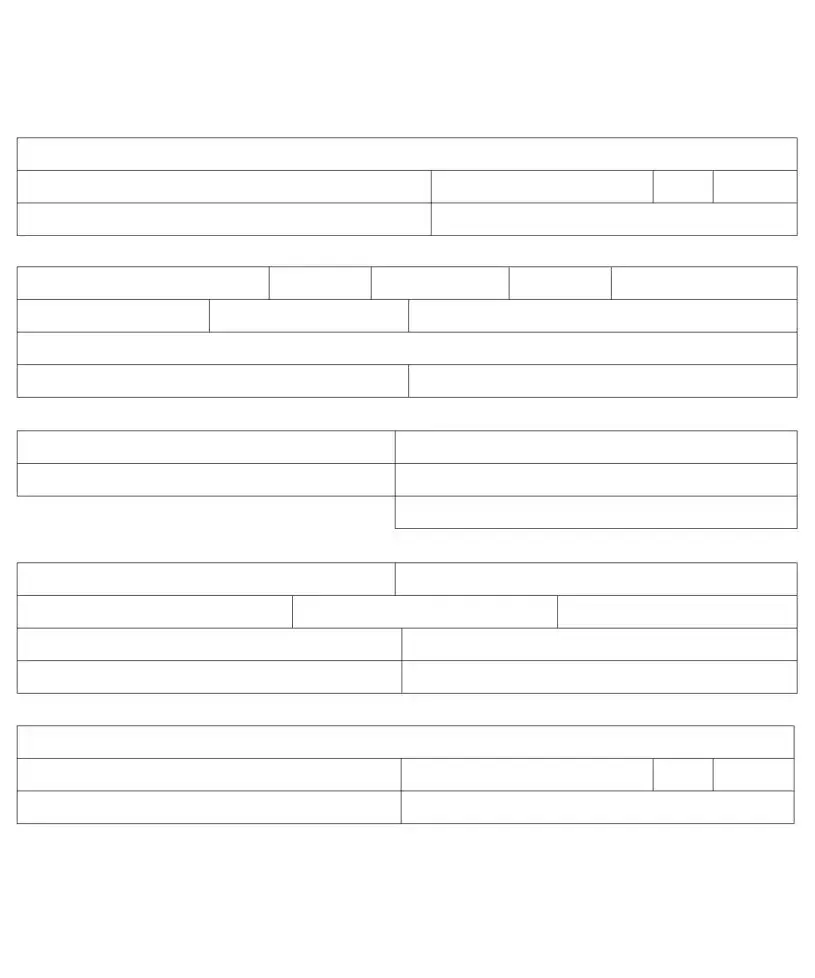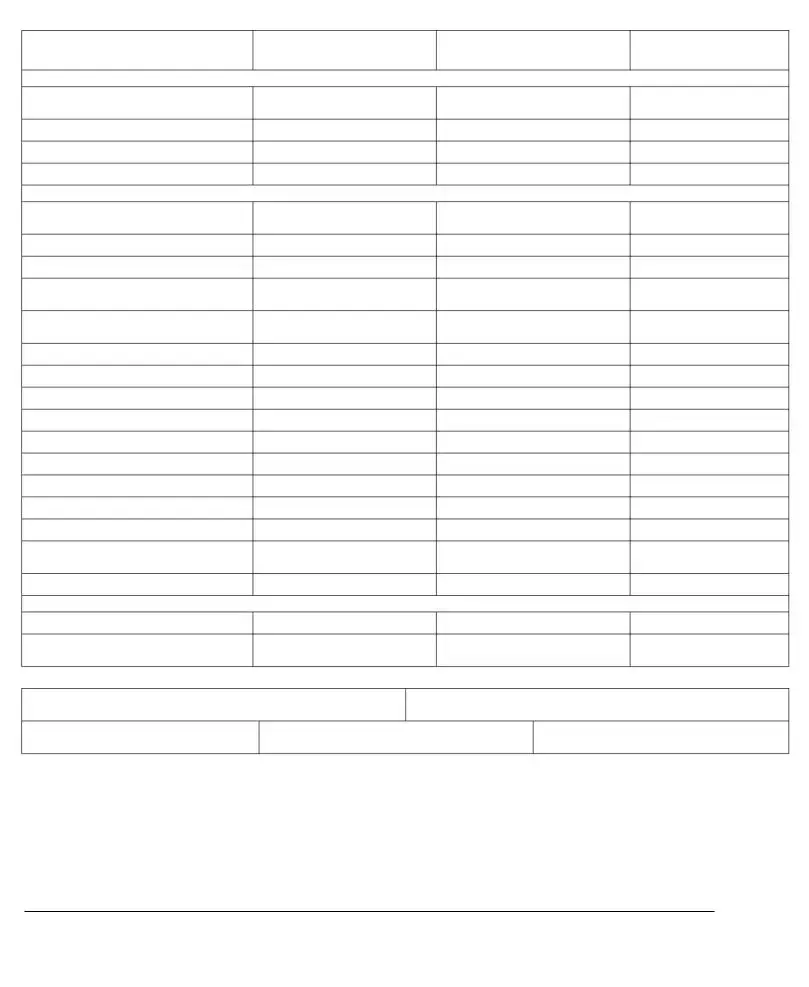What is the CSD-1 form and its purpose?
The CSD-1 form, formally known as the Manufacturer's/Installing Contractor’s Report for ASME CSD-1-2012 Certification and Reporting, serves as a standardized guideline for reporting on controls and safety devices for certain boiler and water heating equipment. Its main purpose is to document compliance with safety regulations and operational standards, ensuring the safe installation and performance of these units.
Who needs to fill out the CSD-1 form?
This form must be completed by manufacturers and installing contractors involved in the production and installation of boiler systems. Anyone responsible for the oversight of safety controls and operational devices in these systems should be familiar with the CSD-1 form.
What information is required on the CSD-1 form?
The CSD-1 form requires various details, including the manufacturer's name, contact information, and unit identification specifics. Additionally, it collects information about safety controls, operational devices, and the testing of these components. The unit's capacity, pressure ratings, and other specifications are also essential to include.
Is the CSD-1 form mandatory?
While the CSD-1 form is not mandatory, it is highly recommended for compliance with relevant safety codes. It acts as a helpful documentation tool that can facilitate inspections and certifications, particularly when modifications or installations occur.
What testing information is included in the CSD-1 form?
The form includes sections for documenting tests performed on various operating and safety controls. This includes tests for low-water fuel cutoff devices, pressure limits, and safety shutoff valves. Recording the outcomes and dates of these tests is crucial for demonstrating operational safety and compliance.
How does the CSD-1 form relate to ASME CSD-1-2012?
The CSD-1 form is designed to support compliance with the ASME CSD-1-2012 standards. It aligns with these regulations by providing a structured format for reporting on critical safety aspects of boiler operations. Completing the form helps ensure that installations meet the necessary codes and safety requirements.
What happens if the CSD-1 form is not completed?
Failure to complete the CSD-1 form can lead to compliance issues. It may result in penalties during inspections or delays in obtaining necessary certifications. It is advisable to maintain thorough documentation to uphold safety standards and avoid potential liabilities.
Who should sign the CSD-1 form upon completion?
Both the equipment manufacturer and the installing contractor must sign the CSD-1 form. This dual signature ensures shared accountability for adhering to safety protocols and regulatory standards related to the installation and operation of the equipment.
Where can I obtain a copy of the CSD-1 form?
The CSD-1 form can typically be accessed through industry associations, safety organizations, or relevant regulatory bodies. It is often available in both paper and digital formats to facilitate ease of use in reporting compliance.


